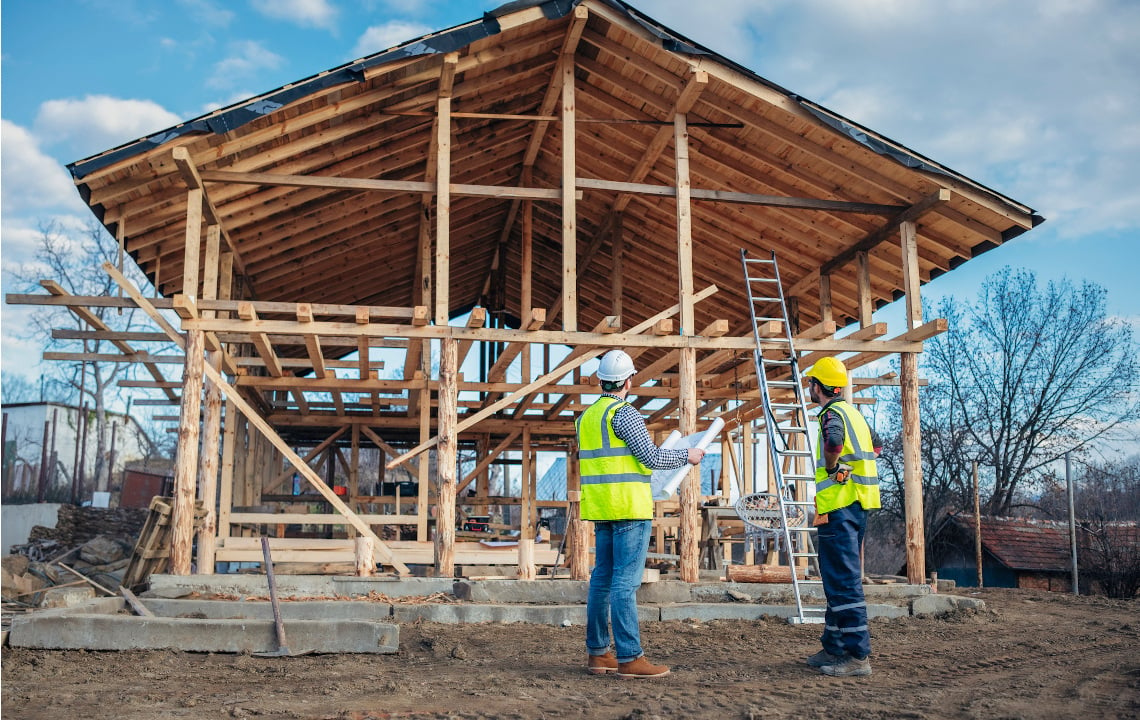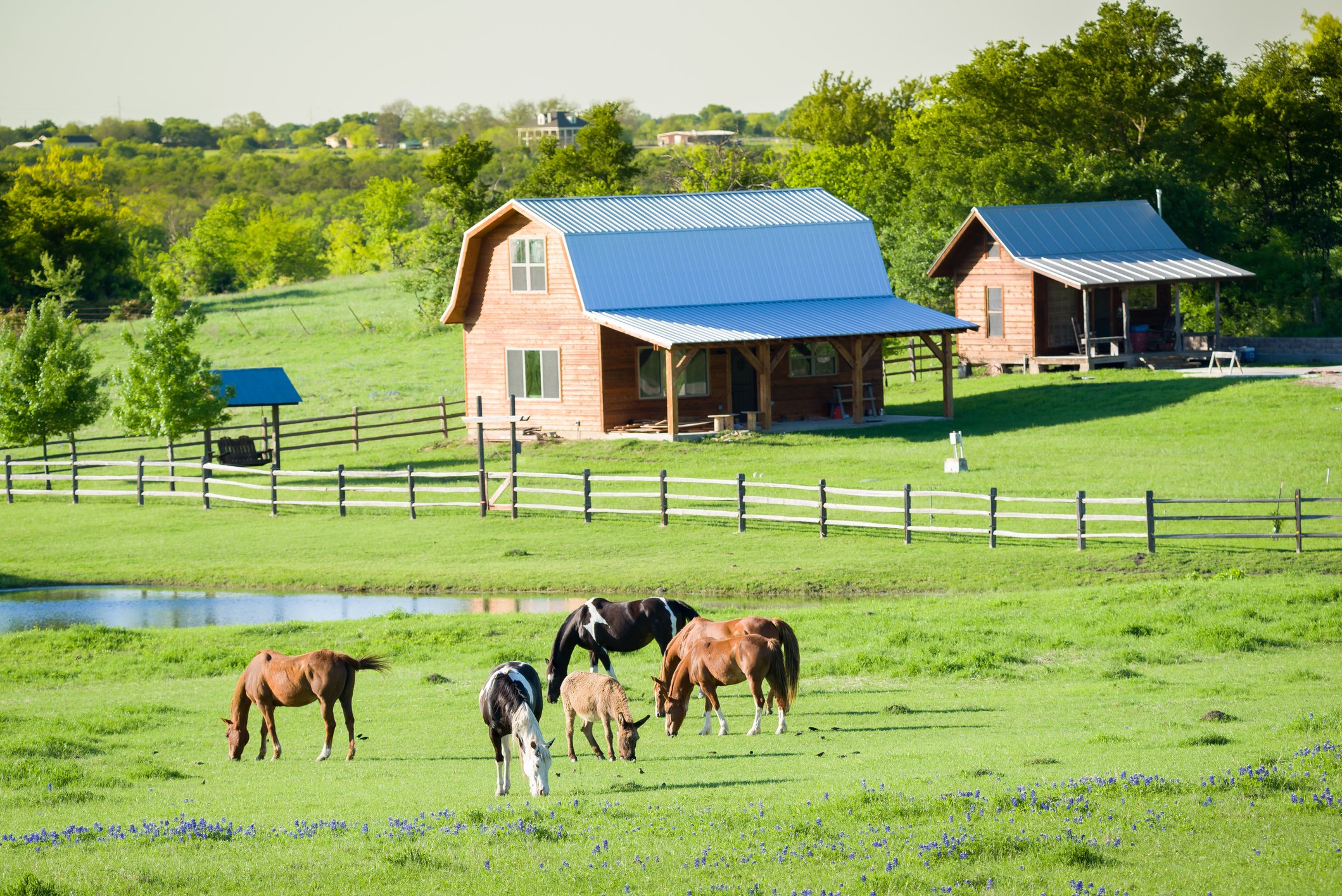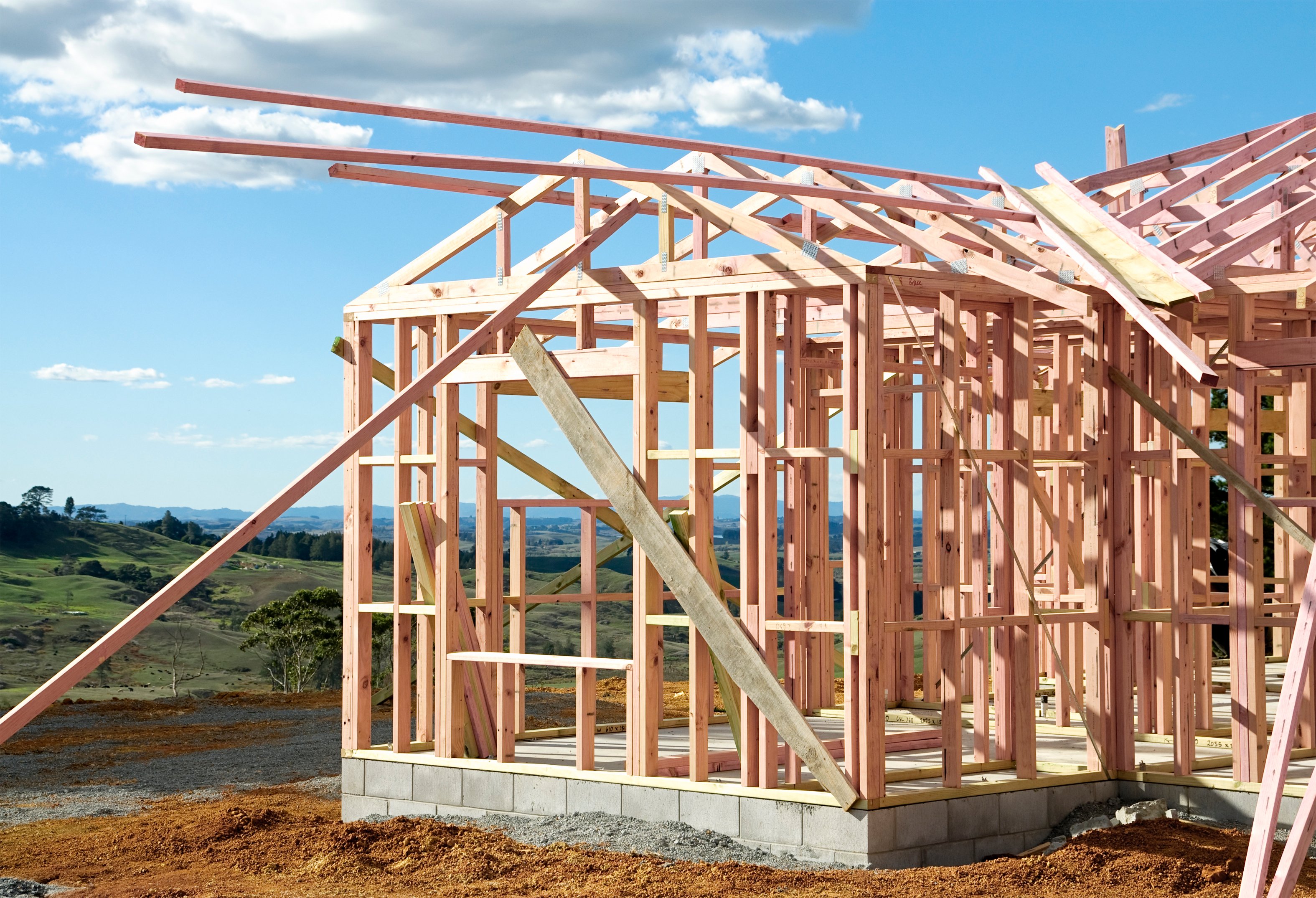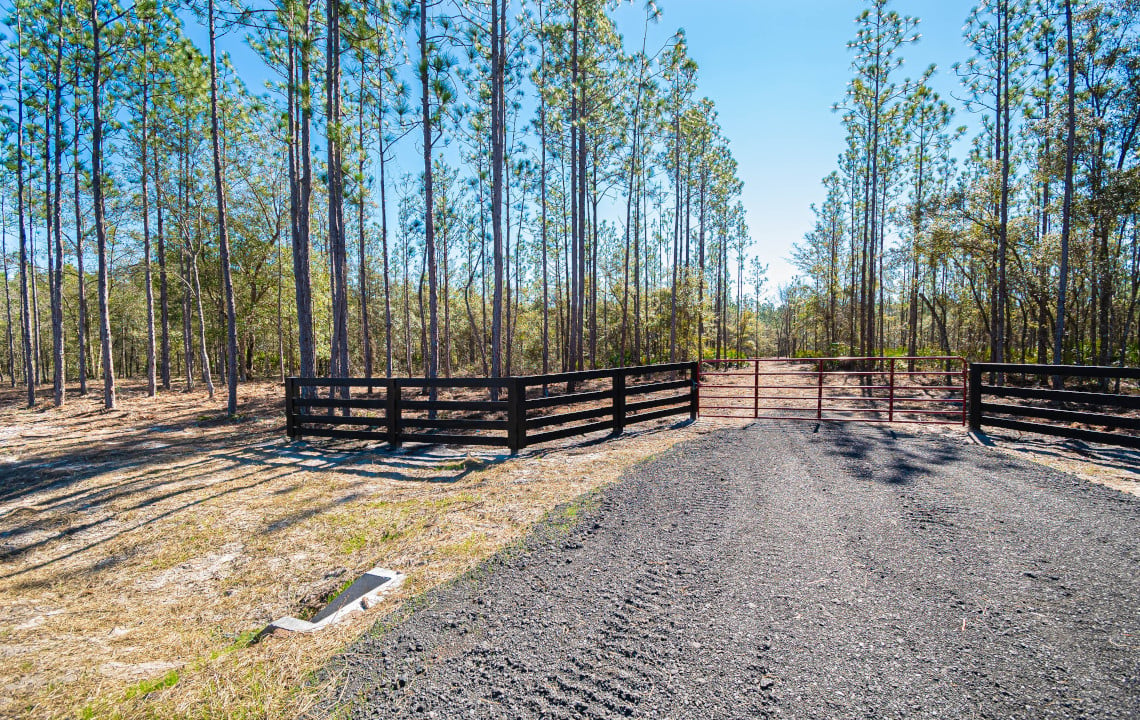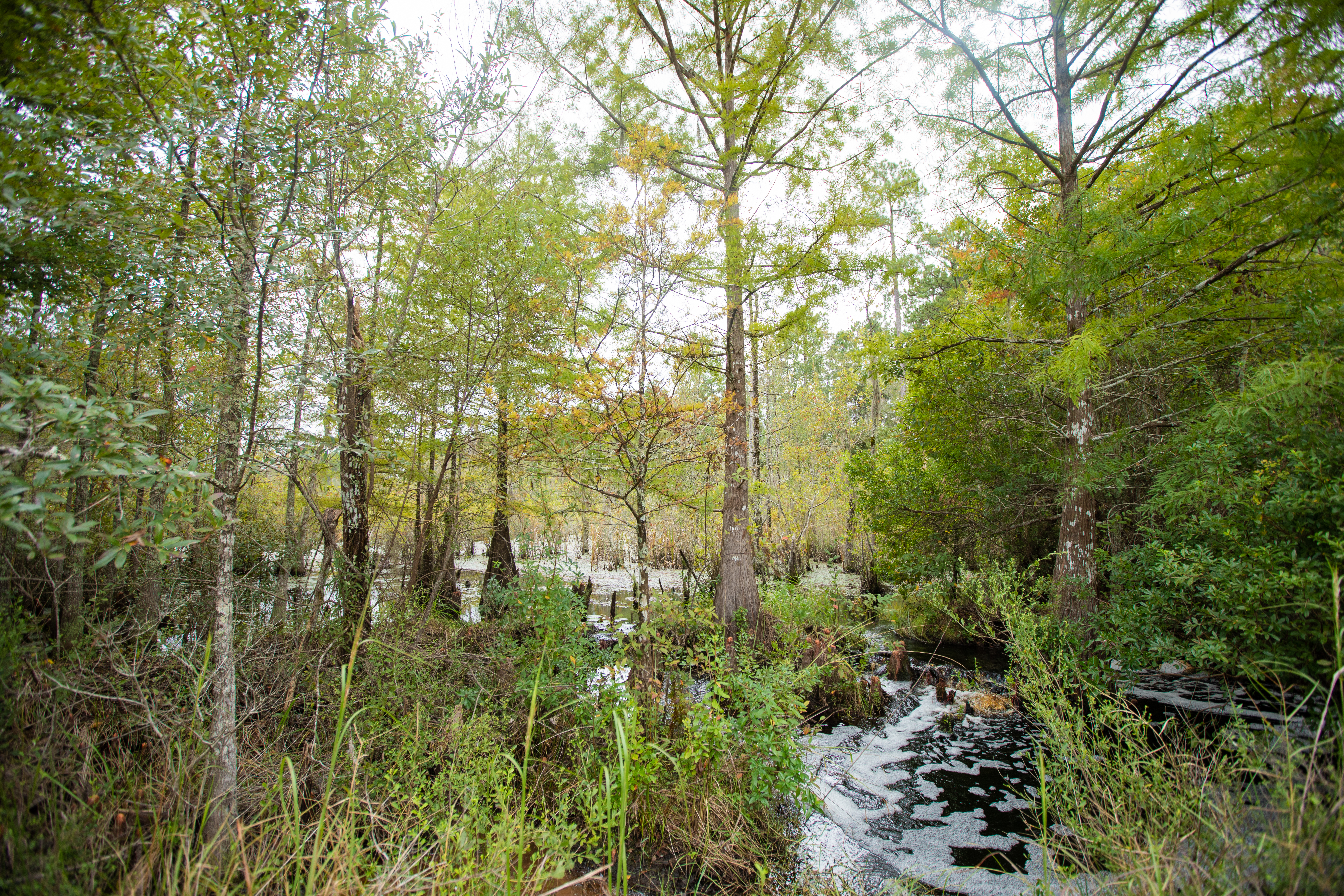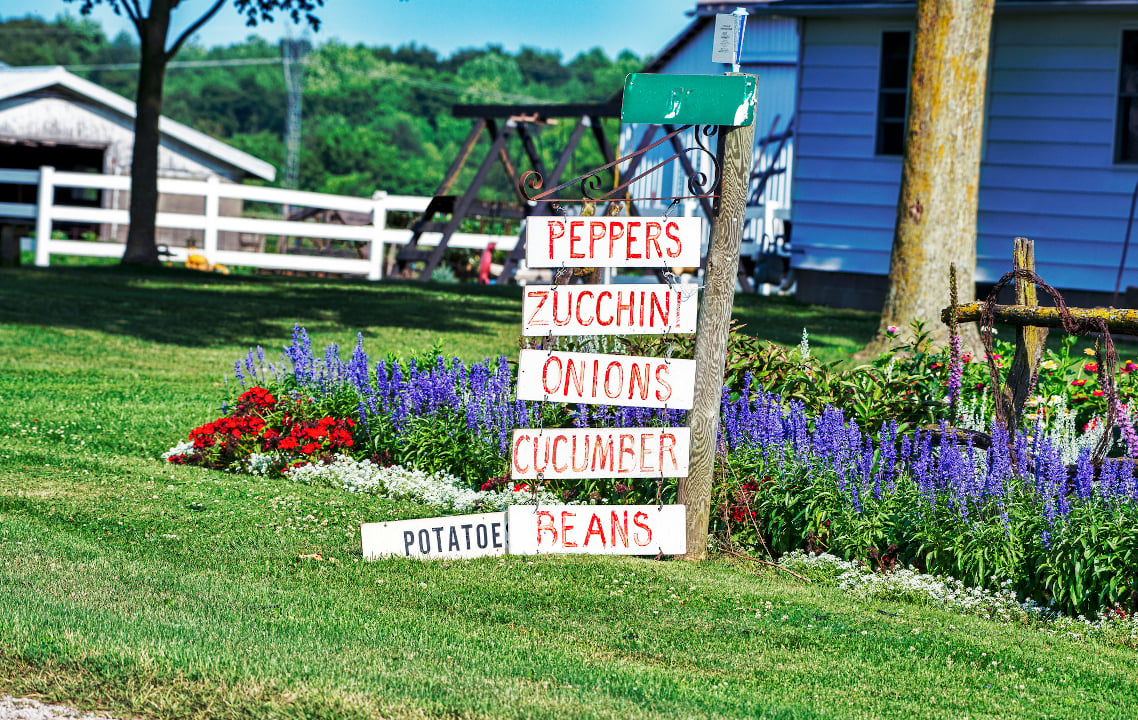An experienced land appraiser explains how he investigates a property to understand what makes it valuable and what detracts from its value.
Zac Ryan was nearly brought to tears the day he first set foot on a private island off the coast of Georgia, its pristine beaches never touched by civilization.
It was one of the most beautiful places he had ever been, and that’s saying a lot for someone who has been hired to determine the value of some of the most breathtaking large tracts of rural land in the Southeast.
Looking around at miles of stunning beachfront and wilderness, Ryan knew he had a tough job ahead of him: he had to determine how much money this island was worth.
How on earth does a property appraiser determine the value of land?
Thankfully, experts like Ryan, the owner of Zac Ryan Appraisal Services in Jacksonville, Florida, have it down to an elaborate combination of science and art that considers a wide range of factors. Ryan compiles his findings into a book: It’s a process that can take months, all with the goal of reaching that one critical number.
Factors an appraiser uses to determine land value
Below are some of the most important factors a property appraiser considers when determining the value of a property. They can be applied to any land, whether a sprawling private island or a humble 1-acre lot. For land buyers, these factors can help you know whether a property is fairly priced, and to recognize the pros and cons of the land you are considering.
1. Access
Land real estate experts will tell you access is a key factor in evaluating the marketability of a property, because - no matter how great the property is - its use is limited when it’s difficult to reach. When Ryan appraises a property, he asks a series of questions about access:
- Can the property be accessed by a nearby road, or is it landlocked?
- If there is access, is it legal access?
- Is it public or private?
- Is it graded or paved?
- One-sided or multi-sided?
- Is the road maintained by the local municipality, or will the owner have to maintain it?
All of those factors can influence the property’s value. In fact, some lenders will not approve a loan for home construction on property with private road frontage that doesn’t have a maintenance agreement.
Ryan said he also considers internal access on a large property. The property’s value may increase if it has internal roads that provide functional access to key portions of the property.
2. Topography
Ryan looks to a property’s topography in determining its use potential. For example: A historic wetland that has been altered may be ideal for environmental wetland mitigation. Swampy land may not work for building, but could be ideal as hunting land. Sandy soils may limit the silviculture potential of a property. Certain properties would be ideal for development - and certain properties wouldn’t. An old sinkhole or a unique ravine system could add value because of their beauty. Ryan thinks about all the possible uses as he visits the property and studies topography maps of the land.
“Some people would say it’s over-thinking, but if you don’t pour yourself into it, you could miss an opportunity in finding potential uses and value-influencing characteristics,” he said.
3. Amenity features
Does the property have special amenities that would make it more valuable from an aesthetic appeal perspective? Perhaps there is a waterfront or a beautiful view.
“Generally these features will be a positive factor,” Ryan said. “The only time they’re not is when their existence impairs in some way the use of the overall property.”
For example, if a large river cut off access to the majority of a property, it could limit the land’s use potential.
4. Configuration
The way a property is laid out can have a big impact on value.
An irregular or narrow layout could limit the use potential or overall management of the land. For example, a long, narrow tract’s layout may not allow room for large equipment to come in and clear trees or install a septic tank.
How does the layout affect hunting, timber management, development potential? Does it create problems, such as making it more vulnerable to trespassers?
An appraiser takes all of these factors into account when looking at a property’s layout.
 5. Wildlife
5. Wildlife
Just as a hunter looks for evidence a deer or other game has been on the land, Ryan looks for clues that will help him understand what kind of wildlife is on a property.
There may be deer tracks, rubs or sheds, but that is just the beginning. Ryan will also look for variations in vegetation and topography that lends itself to supporting a diverse array of wildlife.
“Does that already exist, or would you need to develop it and manage it into place?”
6. Location
As the old adage goes, location is one of the most important factors in real estate.
“If you put the same property in two different places, they may have entirely different uses,” Ryan said.
For example, a 500-acre property near a city might have development potential, while that same property would be more suited for timberland in a rural area close to a mill.
If the property has the potential to be used for homes, is it close to schools, conveniences, jobs? What are the taxes like in the community?
Those are factors an appraiser will consider about a property’s location.
7. Size
Just like buying products in bulk can make them more affordable, acreage sold in larger amounts is typically lower in price-per-acre than smaller tracts.
Ryan will consider the number of acres overall while appraising the land. But he’ll also consider the demand for a tract of that size. Are there people in the community who would want 1000 acres?
The demand for different sizes can vary from region to region.
8. Improvements
Enhancements added to properties can make them more valuable, depending on the market. For example, in some markets, hunting land with an elaborate lodge would greatly increase in value over land without a lodge. In other communities, the investment into the lodge may not bring the landowner a good return on their money.
Enhancements can be physical improvements to the land, or they could be steps the seller takes to make the process more convenient for the buyer. For example, Raydient Places + Properties, the real estate services company that owns Rethink:Rural, offers properties called “Rural Places,” which are select properties that the company enhances with added physical features, such as gates, fencing, culverts and driveways. But the company may also take care of some of the legwork usually left to the land buyer, such as having a survey done and ensuring the property has a clear title.
“When the improvement enhances the true use potential - and the buyer’s understanding of the use potential - of a property, that increases its value,” Ryan said.
9. Historical Management Practices
The history of how a property has been managed can impact its value.
For example, if a hunting property has been managed for wildlife for many years, it would be more valuable than a hunting property that has not because it will likely have a more robust population of game to hunt.
Timberland that has been under the stewardship of foresters for decades would be more valuable than pines left to grow without any management or maintenance.
For example, much of the land Raydient markets has long been managed by its parent company, Rayonier, one of the largest timber real estate investment trusts in the United States. The 90-year-old company has the advantage of years of research in best practices, meticulous control over the “breeding” of the best trees, and consistent stewardship. That management history will make a former Rayonier tract much more valuable than timberland planted by an amateur.
The same types of considerations could be taken into account with agricultural land, recreational land and other properties. Ryan looks both at what the management practices were, and how long they were in effect, to understand how they influence a property’s value.
“I look for something that will separate the land from the competition in a positive or negative way,” Ryan said.
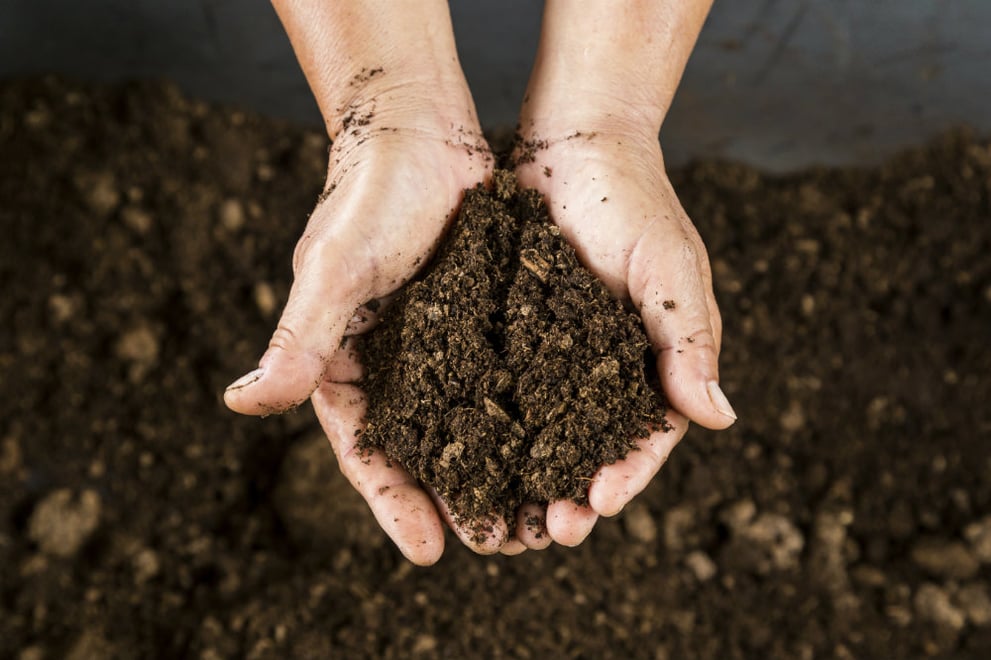 10. Soil Characteristics
10. Soil Characteristics
Ryan reviews published soil surveys to determine whether a property’s soil matches particular uses. He’ll consider whether it lends itself to growing certain crops, if it’s suitable for development, or if it would require extensive excavation before it could be used.
If the soil is optimal for whatever land use is in demand in the local market, that can increase the property’s value.
11. Land Use and Zoning Requirements
Land use restrictions and zoning requirements are critical factors that dictate what the land can and cannot be used for.
Key questions an appraiser considers are:
- Does the property’s zoning limit its use potential?
- Do restrictions on the land limit how it could be subdivided or developed?
- Is commercial use allowed? Residential? Agricultural?
Zoning varies from county to county.
“In some counties, agricultural zoning means you can only build one [home] per 20 acres. In other counties, it’s one per 100 acres,” Ryan explained.
Sometimes, if the market is ripe for a certain use, such as development, an appraiser may also consider how cumbersome it would be to get the land use and zoning restrictions changed.
Ryan notes, however, that zoning does not in and of itself create value. For example, if a Florida property was zoned to allow ski slopes, that would not have any value because the Southern state has no potential for ski slopes.
12. Easements and Encumberances
A property’s value can be affected by easements and encumbrances that may make some of its land unusable. Land on the property could have an easement for a power line, a walking trail, water or sewer utilities, drainage, flowage or conservation.
As an appraiser, Ryan has had both the job of figuring out how an easement takes away from a property’s value and the job of determining how much money a landowner deserves in exchange for the easement to their land.
“That could be a whole other article,” Ryan said.
13. Surrounding Land Uses and Area Market Trends
Neighboring properties could enhance a particular use for the land - or impede it. For example, there would be issues putting a gun range next door to a school.
What is being done with nearby land may also be an indicator of where the market is headed. Are properties transitioning from farms and timberland to residential properties or developments? That can help determine the land’s potential uses.
14. Timber Characteristics
Are there trees on the land? Can the trees be sold as timber, do they have little timber value and need to be removed, or do they have an aesthetic appeal?
If there are pine trees on the property, did they grow there naturally, or is it a planted pine plantation?
If the trees can be harvested and sold as timber, Ryan has to consider the current value of the trees, as well as the future value. For example, 10-year-old timber would have a lower value if harvested immediately than if it were given another 10 years to grow.
He also considers the timber market, itself, when determining the marketability of a property’s timber.
15. Floodplain Issues
Using flood maps and observing the property while on site, Ryan evaluates whether the land is prone to flooding. If he sees green algae growing at the base of many of the trees, or if there is little vegetation on the forest floor, he knows the area is probably flood prone.
And that’s just the beginning. If the land is prone to flooding, an appraiser will want to know:
- Where it happens on the property
- How often it happens
- If it has velocity and wave action
- What impact it has on the use potential of the property
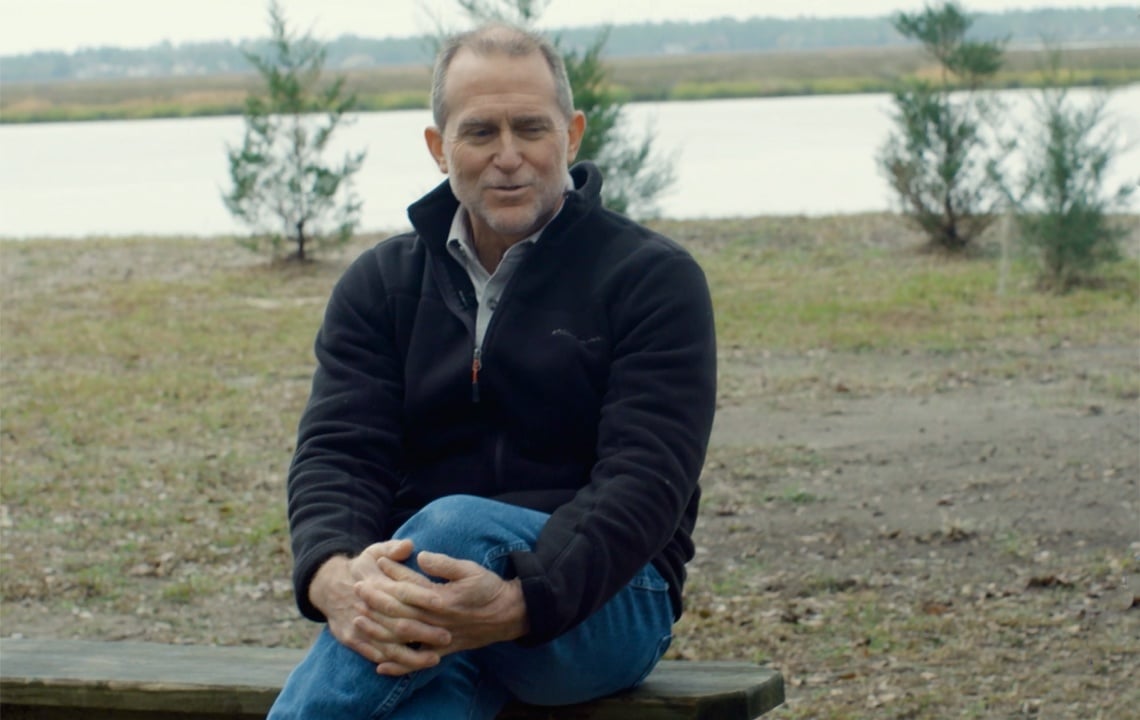 Ryan
Ryan
How Ryan got his start as an appraiser
Clearly, assigning value to land is a difficult process. Ryan first got into the business by agreeing to do residential appraisals for a savings and loan institution he worked for in Northern Virginia. But he missed his home state of Florida, so he returned to the state and took a job doing commercial appraisals - work he didn’t enjoy.
Then one day his boss asked him to evaluate a 7,000-acre tract in Marion County.
“I was thrilled to death to be out there,” Ryan recalls. “To be able to get paid to ride around on someone’s property was great. I made it my focus, and now I work almost exclusively on large acreage properties.”
His clients include landowners, land buyers, government agencies and private companies. In fact, Rayonier relies on Ryan for some of its larger appraisals.
The appraiser describes his job as “part economist, part environmental consultant, part accountant, part land planner, part surveyor and part investigator.”
He says the most rewarding feeling is when both the seller and the buyer hire him to evaluate the same property. It shows just how much all sides respect his final number.
For more information about Zac Ryan Appraisal Services, email zac@forestenvironment.com.






